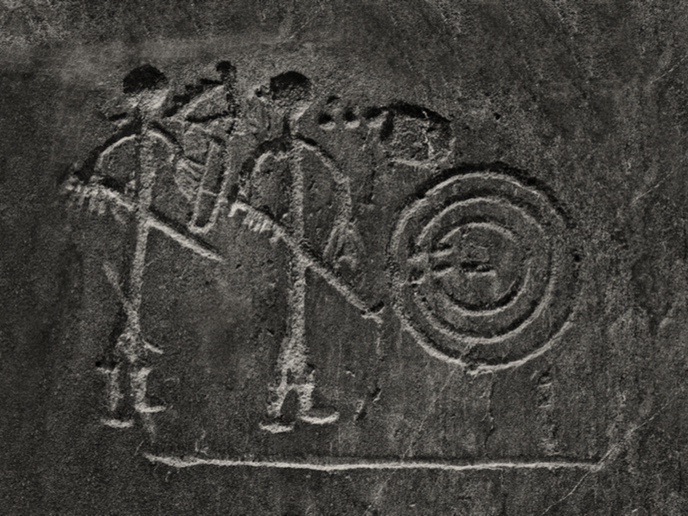Trending Science: How mass migration transformed Spain’s DNA
The Iberian Peninsula (present-day Spain and Portugal) has always been a source of both fascination and mystery in the population history of Europe. That’s because the cultures of Africa, Europe and the Mediterranean have collided at one point or another over millennia. An international team of 111 population geneticists and archaeologists looked at individuals from the region during the last 8 000 years. Published in the journal ‘Science’(opens in new window), findings show plenty of genetic complexity, but present a single mysterious migration about 4 500 years ago that completely transformed ancient Iberians’ DNA. In what is the largest ever ancient DNA study of the region, they analysed the genomes of 403 Iberians from the Mesolithic, Neolithic, Copper Age, Bronze Age, Iron Age and other historical periods. Ancient DNA uncovers secrets of distinctive Iberian population The most astonishing discovery suggests that local Y chromosomes were almost completely replaced during the Bronze Age. The local men living on the Iberian Peninsula were replaced in the gene pool. Their Y chromosomes were supplanted by those of men who migrated to the area. “This is one of the strongest pieces of evidence in ancient-DNA research of sex bias in the prehistoric period,” lead author Iñigo Olalde from Harvard Medical School said in a Harvard news release(opens in new window). Researchers made the discovery by investigating the unique Y chromosome of males in the region taken from fossils dating back about 8 000 years. “It’s amazing how the technology of ancient DNA, when combined with information from archaeology, anthropology, linguistics and the study of historical records, can bring the past to life,” said David Reich, professor of genetics at the HMS Blavatnik Institute, an investigator of the Howard Hughes Medical Institute and co-senior author of the study. Beginning in 2 500 BC, Iberians were joined by people from central Europe who showed genetic ancestry from the Russian steppe. The locals and central Europeans interbred during the next few hundred years. After 2 000 BC, 40 % of Iberian ancestry and 100 % of the fathers in the study could be traced back to central Europe. This implies that the newcomers were mainly men, and that they all but replaced the men living there previously. The local women survived the takeover. Nowhere is this more evident than with the remains of a man and a woman buried together at a Spanish Bronze Age site. Data shows that the woman was a local and the man’s most recent ancestors had come from central Europe. “It would be a mistake to jump to the conclusion that Iberian men were killed or forcibly displaced,” Dr Olalde told the ‘BBC’(opens in new window). “The archaeological record gives no clear evidence of a burst of violence in this period.” The study has shed considerable light on the population history of this unique region and how it reshaped Iberians’ paternal ancestry that continues to the present. In doing so, it provides evidence that genetics can eventually connect the distant past all the way through to people living today.
Countries
United States



